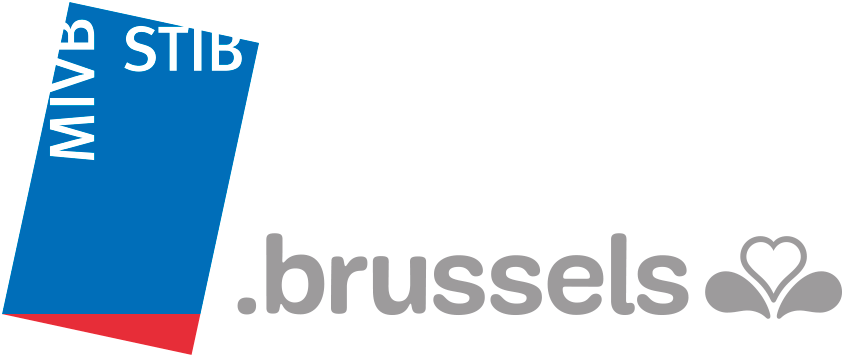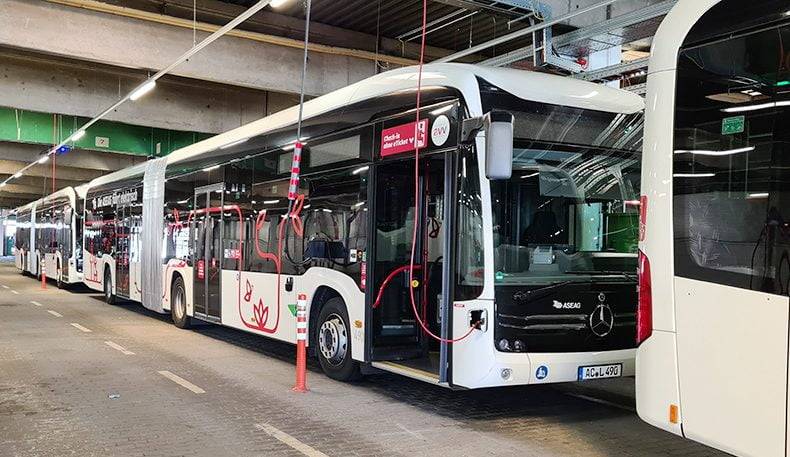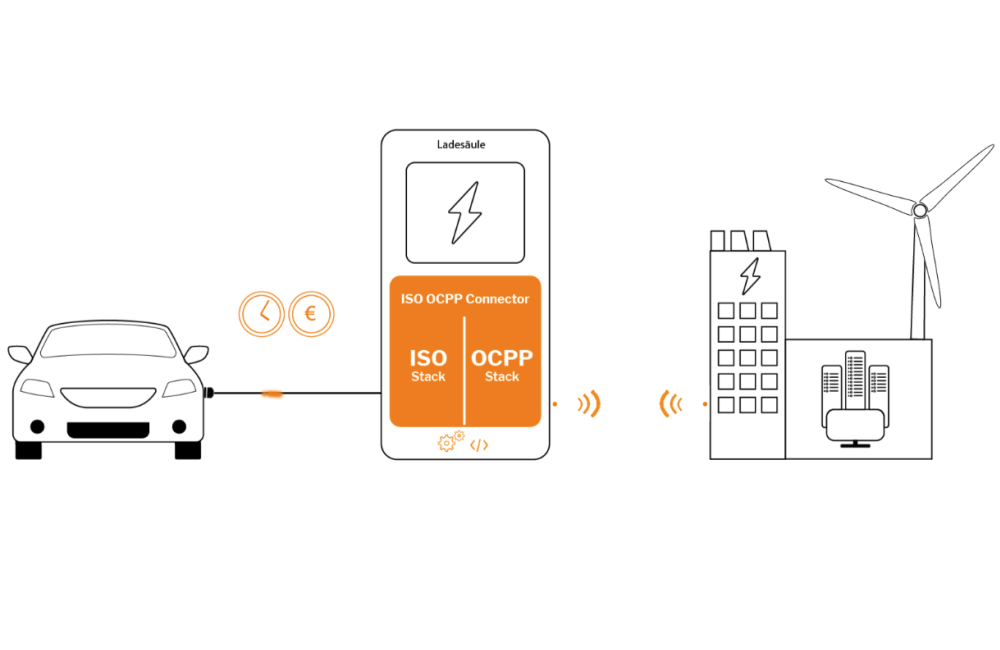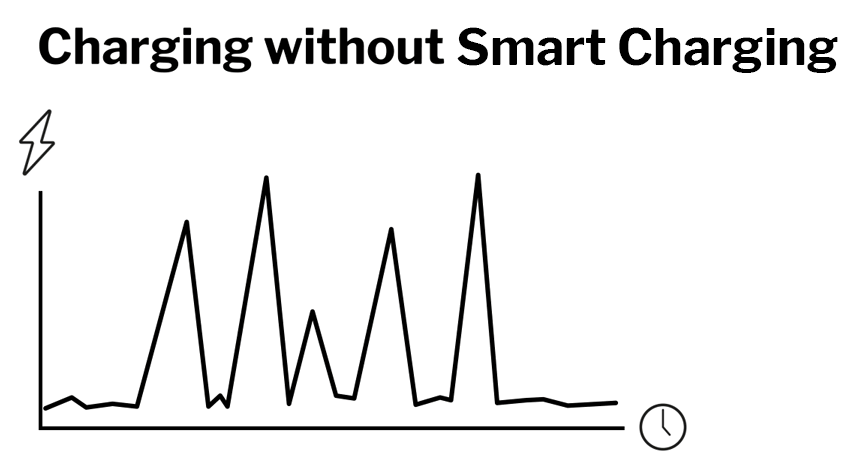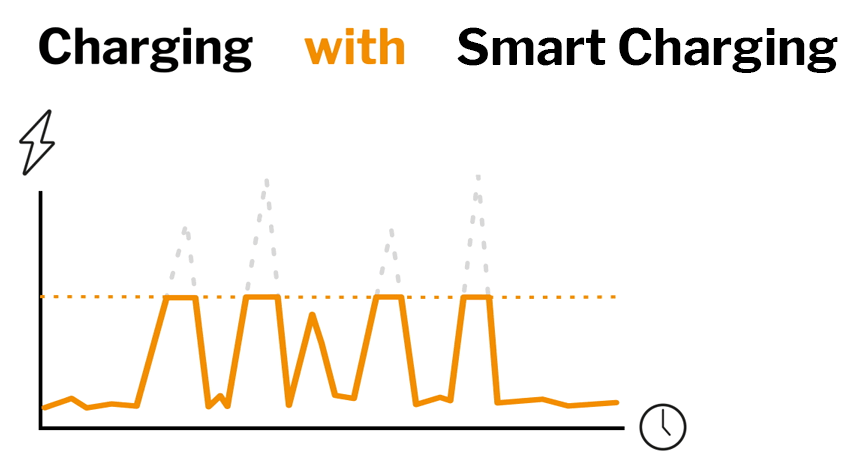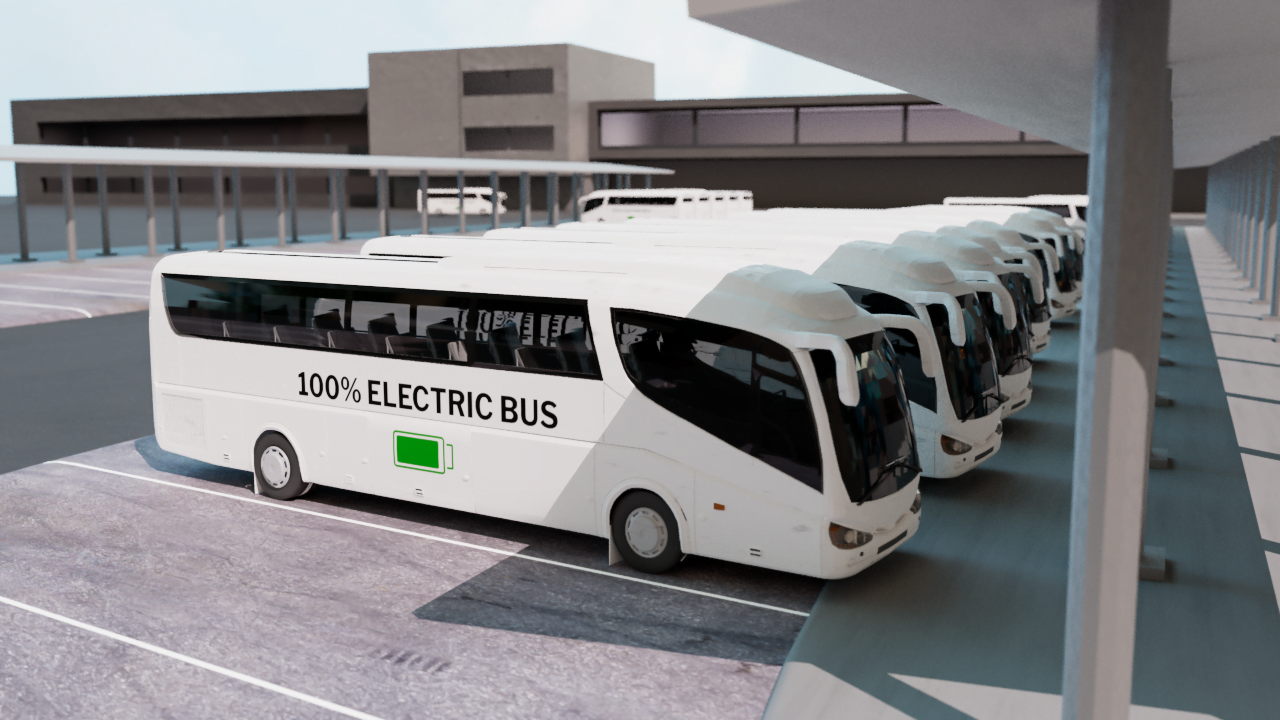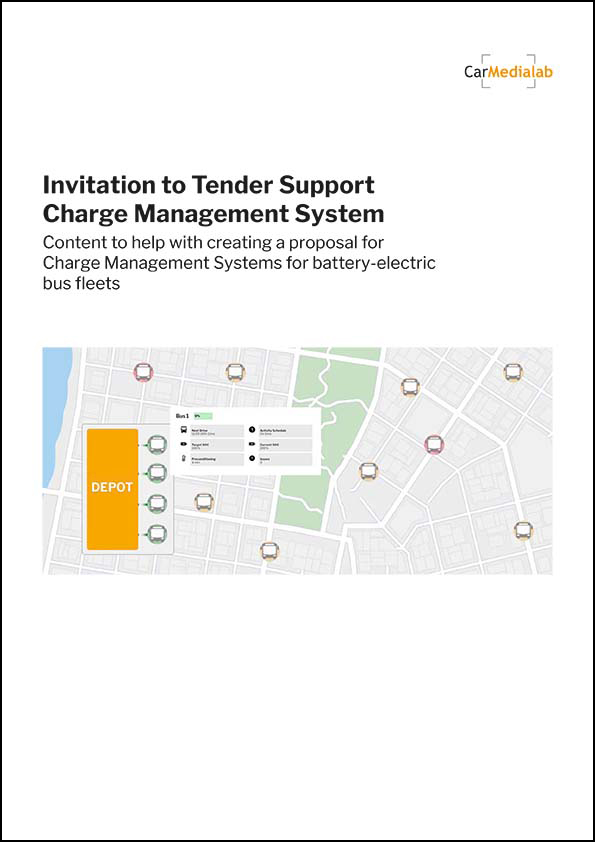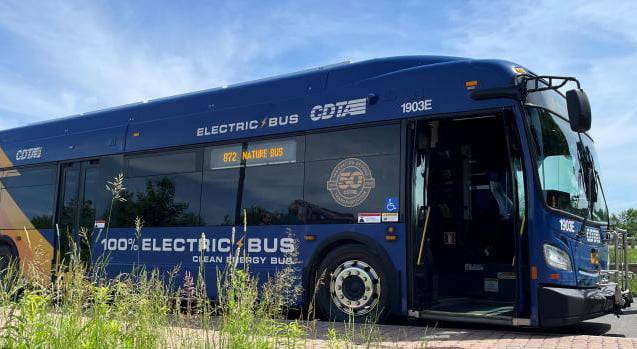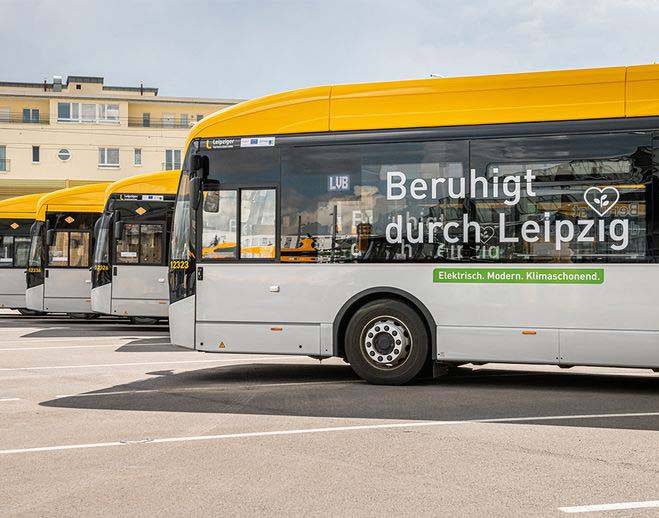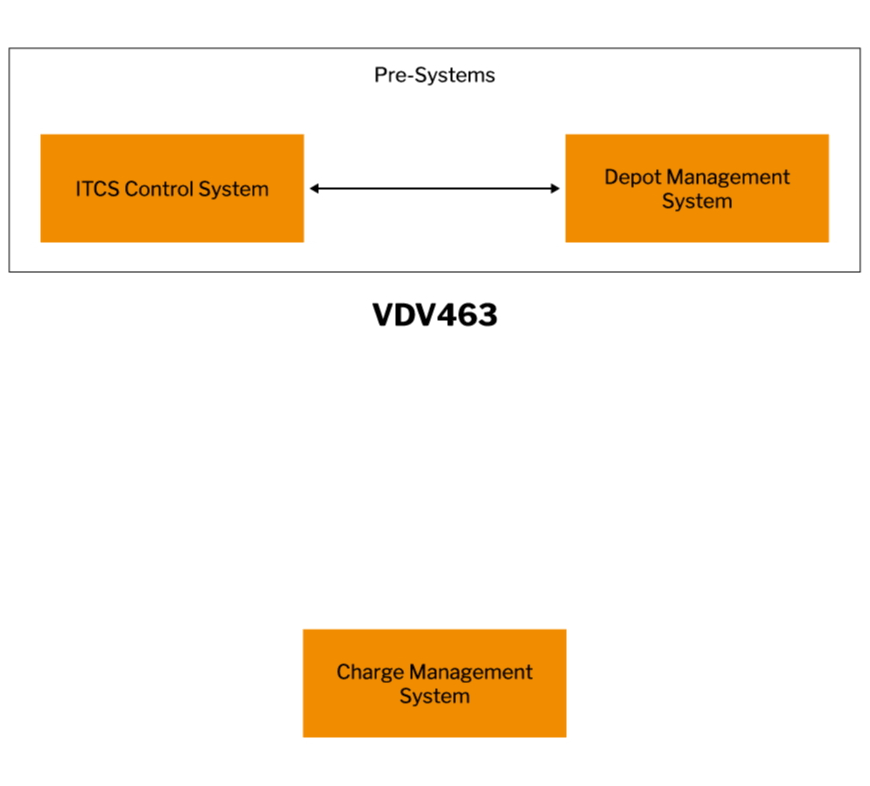A standard that was necessary from a technical and operational point of view
This brand new VDV publication is all about data communication in buses. The Association of German Transport Companies (VDV) has published the new recommendation on this important topic in issue 1/2023. Members of the association are operators of local public transport and develop new industry standards based on existing needs. Mobile data connections are being used more and more frequently in order to be able to react quickly in an emergency. This ability to transmit data in real time is valuable because it is used to continuously improve processes and prevent problems. In the past, there was often the problem of time-consuming “negotiations” between the transport company and the vehicle manufacturer about access to thevehicle data, because no standardized regulation was available. Thanks to VDV 238, this is now a thing of the past.
Advantages through VDV 238 :
Anticipating events
One use of vehicle data is so-called “predictive maintenance”. From historical and current data, a forecast for events in the future becomes possible.
Easy to use
Companies that are newcomers in the field of e-mobility receive a guideline through this framework recommendation and can avoid mistakes through already existing, shared know-how.
Security
It is determined from the beginning which data is received will be received and therefore set up in the initial process. The data to be transferred is already defined and no longer has to be negotiated individually between the transport operators and the vehicle manufacturer. A standard always provides security, as the technical details are defined, which ensures interoperability.
Independence from manufacturers
Each company can choose its own solution without being limited to one to a specific system. Even if vehicles from different manufacturers are included in a fleet, the same fleet, the same data is received.
Transparency
Only the information that is requested reaches the operators. In addition, initial discussions in the context of Tenders become easier for all parties.
Fleet efficiency, -amortization and AI development
Another benefit is that monitoring and analysis will increase fleet efficiency by preventing errors. In addition, more qualitative data can help develop artificial intelligence.
This VDV publication 238 is a very important step, because the analysis of vehicle data enables transport companies to draw important conclusions and make data-based decisions for the future, and for software and hardware manufacturers, market neutrality is ensured. We are very happy to be a part of this development and hope to see this writing in many tenders soon.
The complete VDV publication can be found here: https://knowhow.vdv.de/doc


